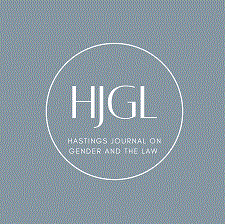
Abstract
The international tourism industry drives the world's economy and often provides a potential solution to the economic problems of developing countries. Since the 1960s, international travel has increased seven-fold. It is estimated that by 2010, the number of international tourists will be 967 million. However, there is a darker side to the tourism industry, which delves into the realm of child prostitution and exploitation, namely sex tourism. Child sex tourism is an incredibly lucrative, worldwide industry. In recent years, Central and South America have become the new "playground" for sexual predators seeking children as their prey. This note focuses on child sex tourism in Latin American countries and the ineffectiveness of the laws of those nations, as well as the United States, in curbing the crisis. It explores the history behind sex tourism, the reasons why Latin America is the new hotspot for such activity, who sex tourists are and why children are their desired sex objects. This note addresses the laws of Latin American countries aimed at eliminating child prostitution and the ineffectiveness of these laws. It also discusses the United States' attempt to prosecute sex tourists, in particular the Crime Bill of 1994 and the Child Sexual Abuse Prevention Act, and these statutes' shortcomings. It will then propose possible remedies to this problem, which may be more effective than the current statute.
Recommended Citation
Kathy J. Steinman,
Sex Tourism and the Child: Latin America's and the United States' Failure to Prosecute Sex Tourists,
13 Hastings Women's L.J. 53
(2002).
Available at: https://repository.uclawsf.edu/hwlj/vol13/iss1/6

